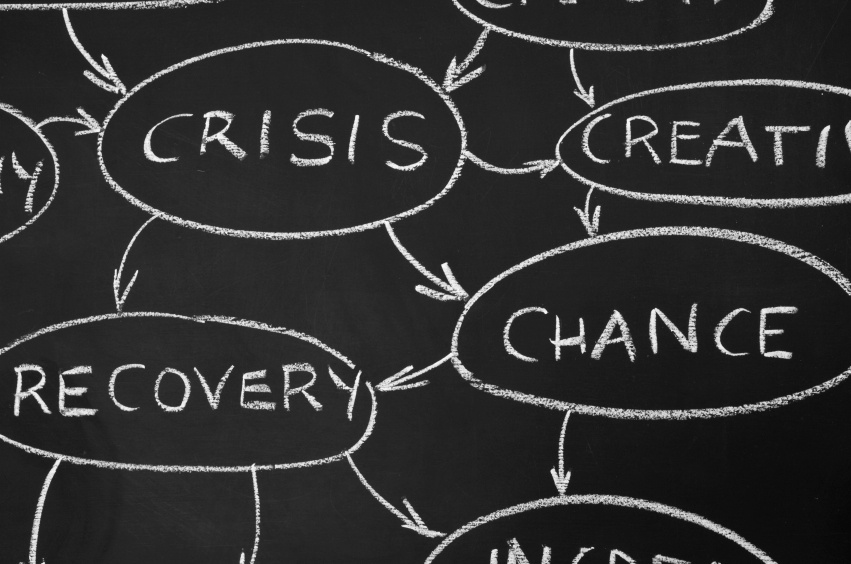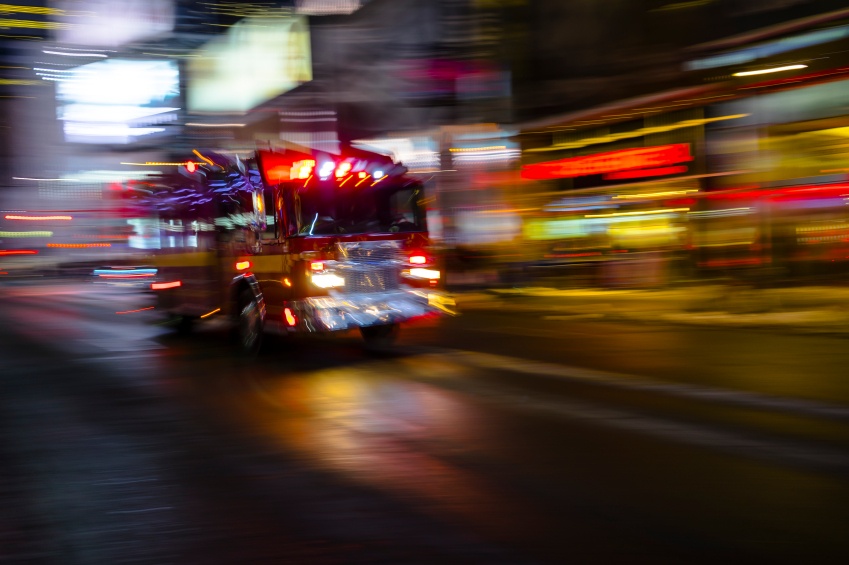Keeping Your Workforce Safe During A Crisis Through Social Media


No one wants to anticipate a moment of panic at their workplace, but the reality is it CAN happen. It’s  always better to be prepared, on all fronts. Your facility is already equipped with safety measures, but what about your workplace’s social media presence? Social has proved very effective in providing safety information during times of need. Would your facility be able to communicate effectively with your occupants during an emergency? If you answered no, read on to see how social could truly help save lives.
always better to be prepared, on all fronts. Your facility is already equipped with safety measures, but what about your workplace’s social media presence? Social has proved very effective in providing safety information during times of need. Would your facility be able to communicate effectively with your occupants during an emergency? If you answered no, read on to see how social could truly help save lives.
Social Media Crisis Management & What It Means For Your Workforce
If you monitor any type of social site for your office building or your own FM outsource company, you should also consider what to do during an emergency. People may go to your site for information, here’s how to make sure you are there for them when they need you most.
Social Saves Lives
Emergency management and social media are beginning to collide at a rapid rate, which is a good thing! Since social can usually be accessed even when cellular connections are low, it remains a way for people to gather life-saving information.
“Using social networking sites like Facebook and Twitter to spread information during campus emergencies can help keep students safer”, according to new research from the University at Buffalo School of Management.
Younger generations are used to gathering news, weather and personal updates from social, and they are naturally inclined to reach to it for other important bits of information. It may not be your first instinct when thinking about finding critical information quickly, but it just might be theirs.
Delegating Social Management For Emergencies
“When disaster strikes, the first thing that both victims and rescue workers seek is reliable information. Yet when aid organizations and workers engage in rescue efforts in disaster zones, natural or man-made, an essential aid is often put on the back burner: communication.” Sebastien Turbot, LinkedIn Pulse
It is imperative that you provide tenants, employees and family members with the information they need during a crisis. Social is an easy-access platform, where people can expect real-time information to be updated. If no one person is handling your social media day-to-day, you should assign information to one person for an emergency situation. Or, at the very least check with your marketing team to be sure they have covered this. It’s also important to ensure all employees have both desktop and mobile access to social and all other forms of communication.
If you work for a university, there is (hopefully) a system already in place for these type of situations. Talk to your university police department to see if there’s anything the facilities management department can do to assist. There may be more restrictions because of the nature of your facility, but it never hurts to know the plan even if someone else is in charge of it. You may also want to refer to the U.S. Department Of Education’s Social Media In School Emergency Management guide.

Know Safety Features On Social
Even if you don’t monitor the social page for your workplace, knowing the latest features can help keep your tenants out of harm’s way. Have this information on your website, or considering adding it to your company’s emergency management plan. Every bit of preparation helps.
Social has proved itself as a life-saving device more than once, and Facebook has recently taken it a step further with their Safety Check application. This tool enables users in an area affected by a major disaster or crisis to say that they’re safe and check on others as well. Often times during major natural disasters, phone lines don’t work and cell reception is dismal. Social has become a place where people can still access important information and check on others.
Twitter has also launched their own application to help users access important information. Twitter Alerts is an optional feature users can turn on to hear from specific accounts during a crisis, such as the Federal Emergency Management Agency or the American Red Cross. Encourage your employees who use Twitter to turn this function on.
Twitter also had a function called, Fast Follow, which isn’t used primarily for safety, but can be. It allows users to access the Twitter feed during low cellular reception areas or during a power outage, even if they don’t have a Twitter account. This is especially helpful during time when phone lines are often busy from many people calling their loved ones at one time.
Hopefully you never have to use any of these social media emergency features, but if you do they are there. Keeping your employees educated on the safety features already built into social will help keep communication lines open if anything ever does happen.
Please keep in mind all of the above suggestions are pending your own facility’s emergency protocol. Always keep your actions in line with your company’s expectations.
